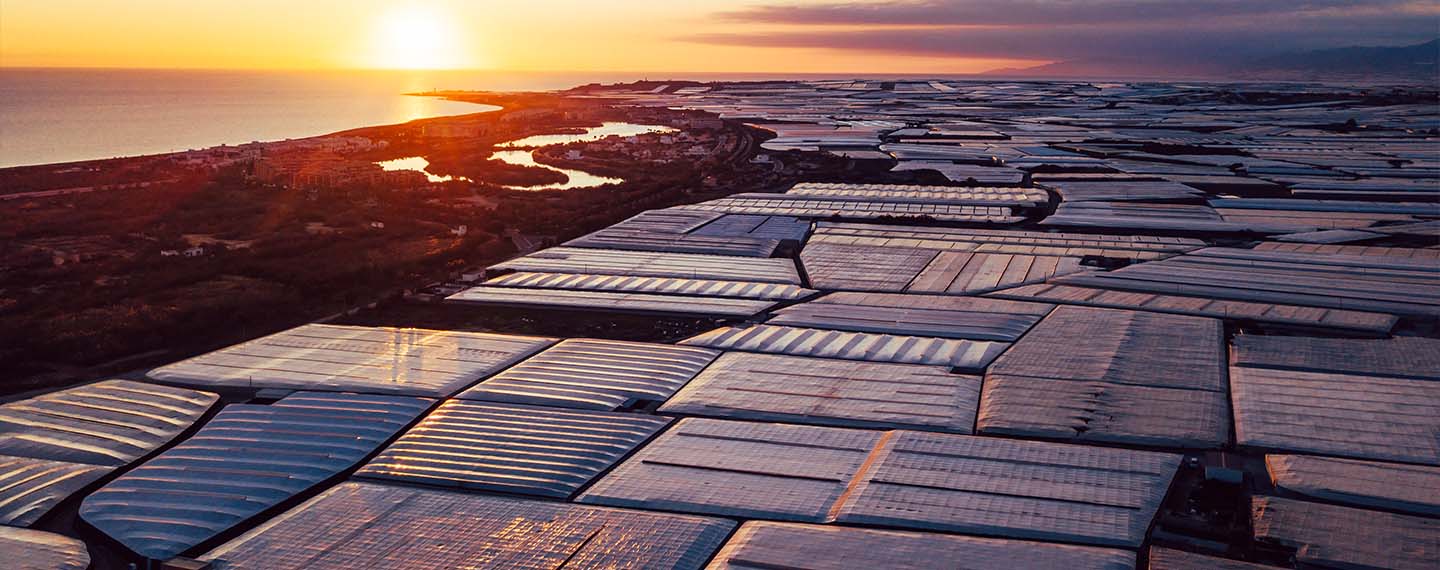Spain is suffering a prolonged drought, sparking water rationing in some parts of the country because of depleted reservoirs, causing the wildfire season to start months earlier than usual and destroying crops or farmers deciding not to plant them, which could push up food inflation (13% in April).
April was abnormally hot. The state meteorological agency Aemet said temperatures were between 7ºC and 11ºC above the average, making that month the hottest since records began in 1961. The temperature at one point in Andalusia reached an unprecedented 38.8ºC in Córdoba, underscoring Spain’s vulnerability to climate change. The temperature cooled down in May, but there was very little rain.
Spain’s dramatic situation came as the World Meteorological Organisation predicted that annual average temperatures will most probably break records again in the next five years.
So desperate are people for rain that parishioners in the Andalusian city of Jaén held a procession this month, bearing aloft a statute of Christ known as El Abuelo and calling for the first time since 1949 for the Lord to open the heavens and bring rain.
The Socialist-led coalition government announced an unprecedented €2.2 billion package of measures, including increasing the availability of water by building desalination plants and doubling the proportion of water reused in urban areas. Olive oil production –Spain accounts for 45% of the world’s supply– could be more than halved this year.
The government also announced legislation that will ban outdoor workers when the meteorological office issues high temperature alerts. This followed the death of a Madrid street sweeper during last July’s heatwave.
Drought is not a new phenomenon in Spain, but this one is something extraordinary. Spain has not had ‘normal’ levels of rain for three years. Just 12 litres per square metre of rain fell in the first three weeks of April, one-quarter of the normal amount. In early May, 27% of Spanish territory was in either the drought ‘emergency’ or ‘alert’ category, creating a tinderbox. Blazes ravaged 54,000 hectares of land in the first four months of the year, three times the amount in the same period of 2022, according to the European Forest Fire Information System (EFFIS).
Spain’s last severe drought was in 1993-96 when around one-quarter of the population was subject to water restrictions. Some towns in Andalusia had supplies cut off for more than 15 hours a day. In 2008 a prolonged drought forced the authorities to bring in water to Barcelona via boat to guarantee domestic use. Catalonia is again one of the most affected regions. Restrictions in many areas have been in force since March, including limiting showers to five minutes, banning the cleaning of cars and the watering of gardens. At the town of L’Espluga de Francolí (population 3,600), water supplies are turned off for nine hours during the night. The Sau reservoir, a key drinking water source, is so low that a medieval village, flooded when the reservoir was created in the 1960s, has emerged.
Rain is very unevenly distributed in Spain. The areas with the highest water abundance per surface unit are in the north and Galicia (known as the ‘wet’ Spain), much more sparsely populated than in the south, in particular, with values higher than 700 mm/year. A popular saying among Galician farmers –la lluvia es arte– (‘rain is art’) was once turned into a tourism slogan. In the rest of the country (the ‘dry’ Spain), water availability does not exceed 250 mm/year. The lowest water availability in Spain occurs in the Segura basin, where it does not reach 50 mm/year (around 20 times less than in Galicia and five times lower than the national average).
In the late 1970s the Spanish government turned Murcia, Alicante and Almería in the south-east –an area where water is minimal and none of the major rivers flow– into ‘Europe’s market garden’ by transferring water from the Tagus through the 300km Tajo-Segura Trasvase, a system of pipelines and an aqueduct. This feat of hydraulic engineering was originally planned during the Second Republic in 1931, built during the Franco dictatorship and put into service after the dictator’s death.
In a country with 17 regional governments of different political colours, as of the 1978 Constitution, water management is a sensitive issue that crosses boundaries and inflames sentiments. One of the major providers of water for the trasvase is the vast reservoir at Buendía in the region of Castilla-La Mancha, where I have long had a house. Farmers there feel aggrieved when they are restricted in using ‘their’ water because it is needed elsewhere. The trasvase has long been embroiled in disputes over how much water should or should not be transferred through it.
Farmers in the south-east benefiting from the trasvase, who produce around 70% of Spain’s vegetables and a quarter of fruit exports, are up in arms over the plans of the Socialist-led minority national government to raise the minimum level of the Tagus at source as this will result in less excess water being transferred. The level needs to be increased in order to remain in line with EU regulations on river water levels, following court rulings. Ecologists say the Tagus is at risk from overexploitation by agriculture and climate change. The plan aims to increase the river’s flow from 6 cubic metres per second to 8.6 cubic metres by 2027.
Without sufficient water, 100,000 jobs are at risk, according to the farming association SCRATS. The father of the novelist Antonio Muñoz Molina, who had a market garden in Úbeda, Andalusia, used to greet ecstatically the year’s first rain with the following words: Es lo mismo que si estuvieran cayendo billetes verdes (‘It’s as if it were raining green banknotes’, in reference to the 1,000 peseta notes at the time).
The politics of the trasvase are complicated: the Socialists control the region of Castilla-La Mancha and back the national government; Valencia, which Alicante forms part of, opposes the plan, despite being also governed by the Socialists, as does Andalusia, where Almería is located, and Murcia, both of them regions run by the conservative Popular Party (PP).
Farmland surrounding the Doñana national park, Europe’s most important wetland and a UNESCO World Heritage site, has been particularly prone to illegal wells. The authorities have long turned a blind eye. Virginijus Sinkevičius, the EU’s environmental chief, attacked a plan last month by the government of Andalusia to increase the amount of irrigable land around Doñana by 800 hectares. This would be tantamount to an amnesty for the strawberry farmers who have already sunk illegal wells there. He said the bloc would use ‘all the means available’ to make sure Spain complied with a 2021 European Court of Justice ruling condemning it for breaking EU rules on excessive water extraction in Doñana.
Farmers switched some years ago from olives to strawberries and other berries, which consume more water. Close to half of Spain’s aquifers are already in poor condition. Before 1985, groundwater was treated as private property and thus not subject to any regulations.
In another part of Andalusia, near the city of Malaga, the Civil Guard arrested 26 people in raids on illegal wells. The Guard’s environmental crimes division identified 250 infractions by fruit farmers. Spain is Europe’s biggest producer of tropical fruit.
Prime Minister Pedro Sánchez called the drought ‘one of the central political and territorial debates of our country over the coming years’. Resolving the water problem will require a national political consensus, something that is woefully lacking in so many other areas.



